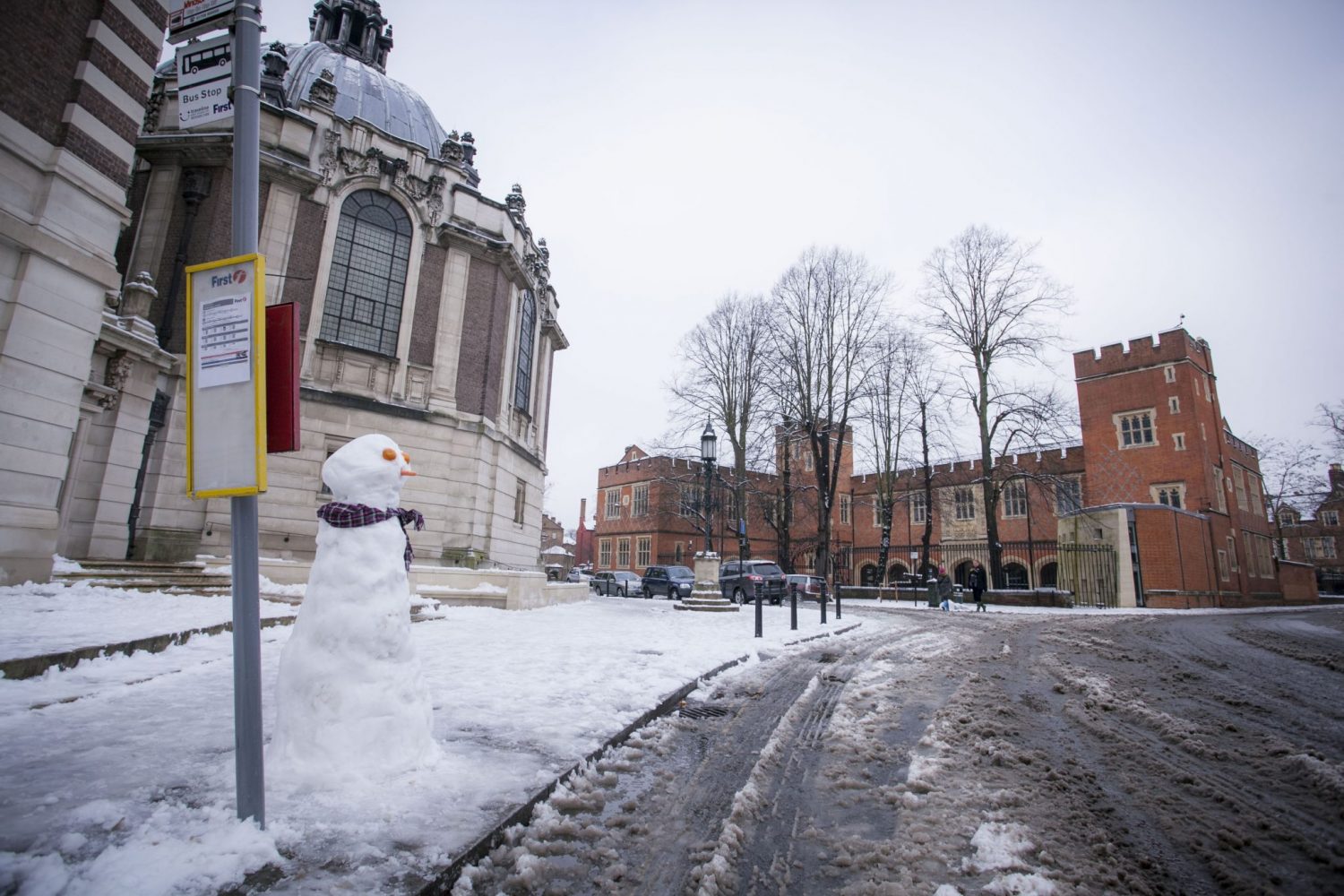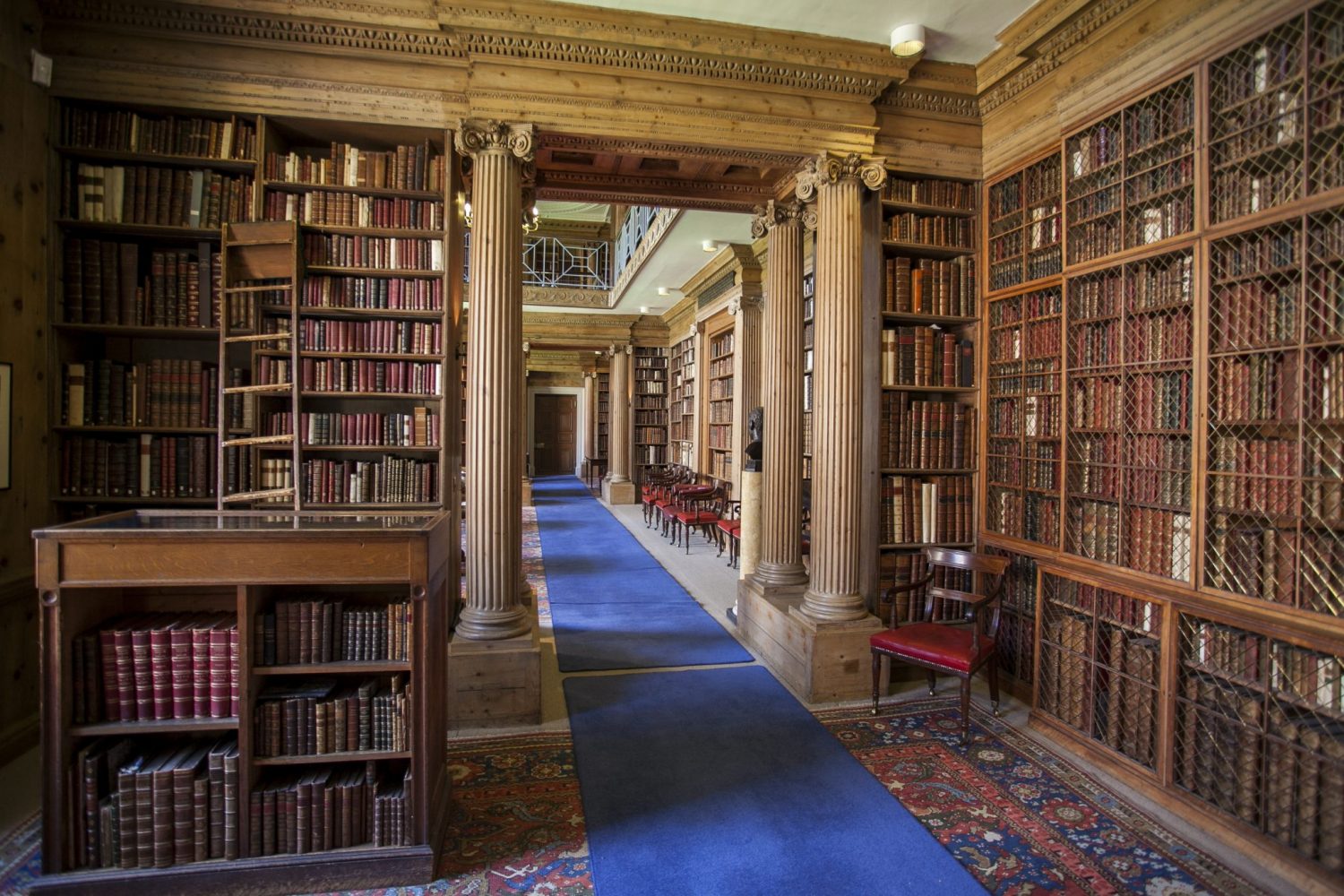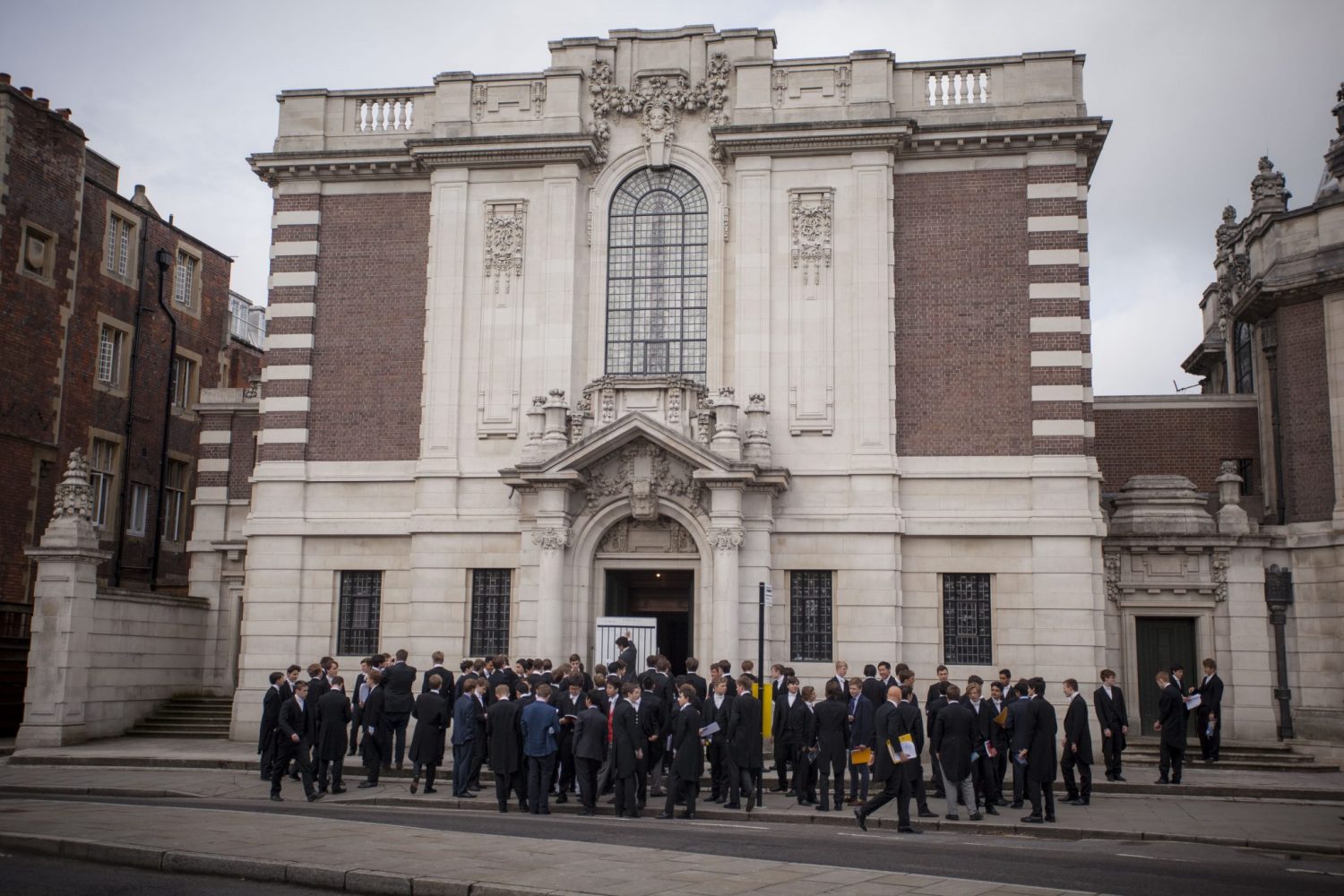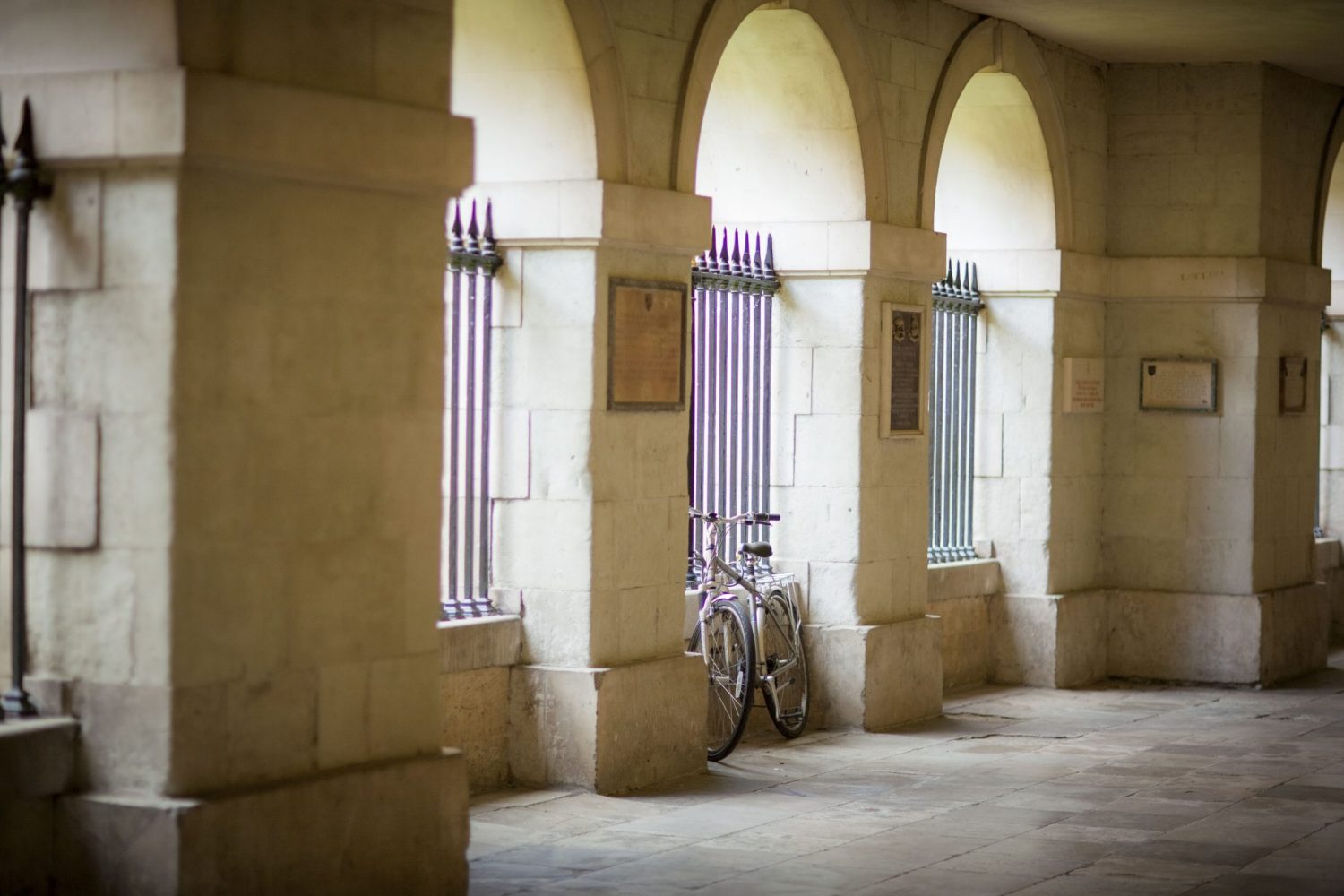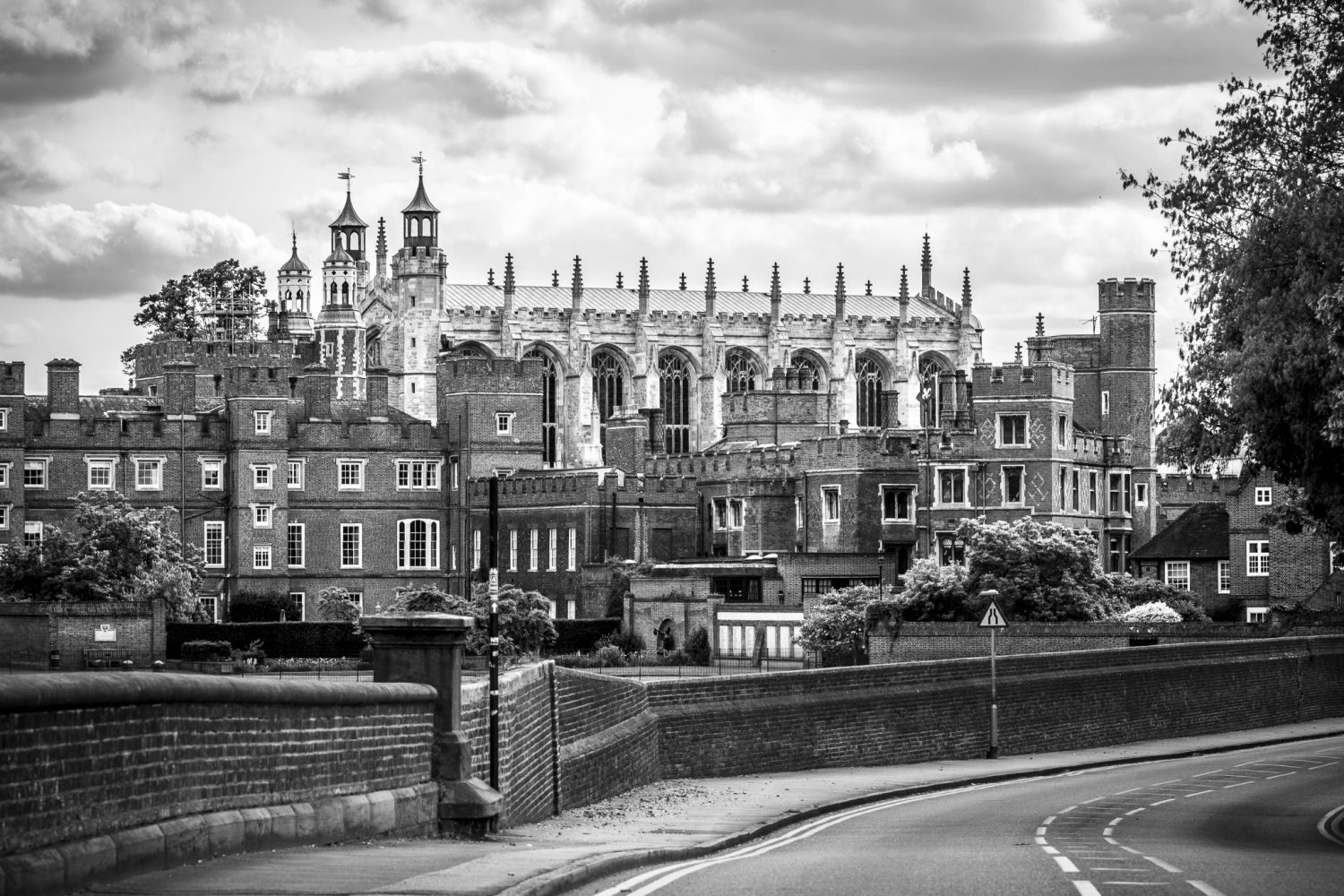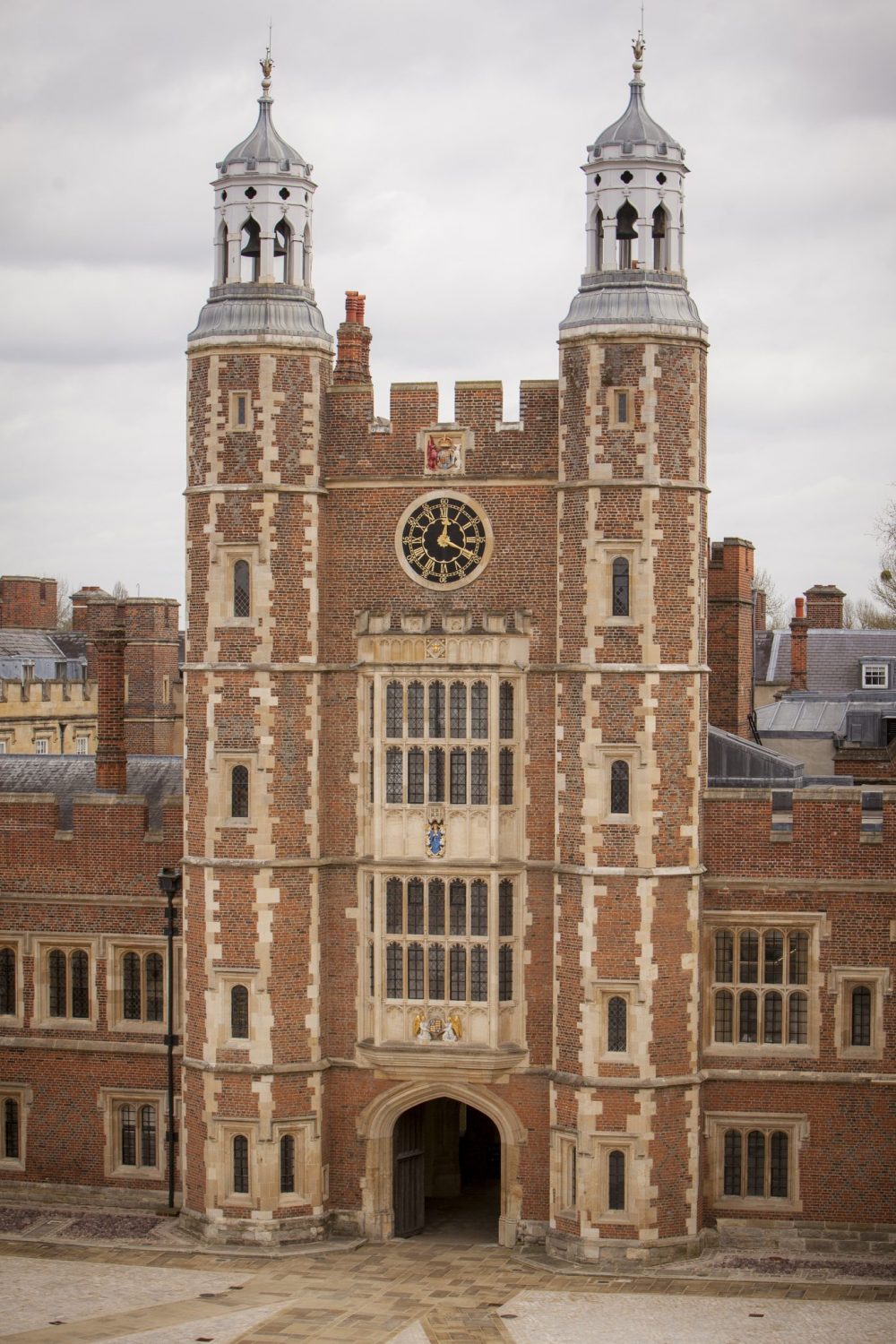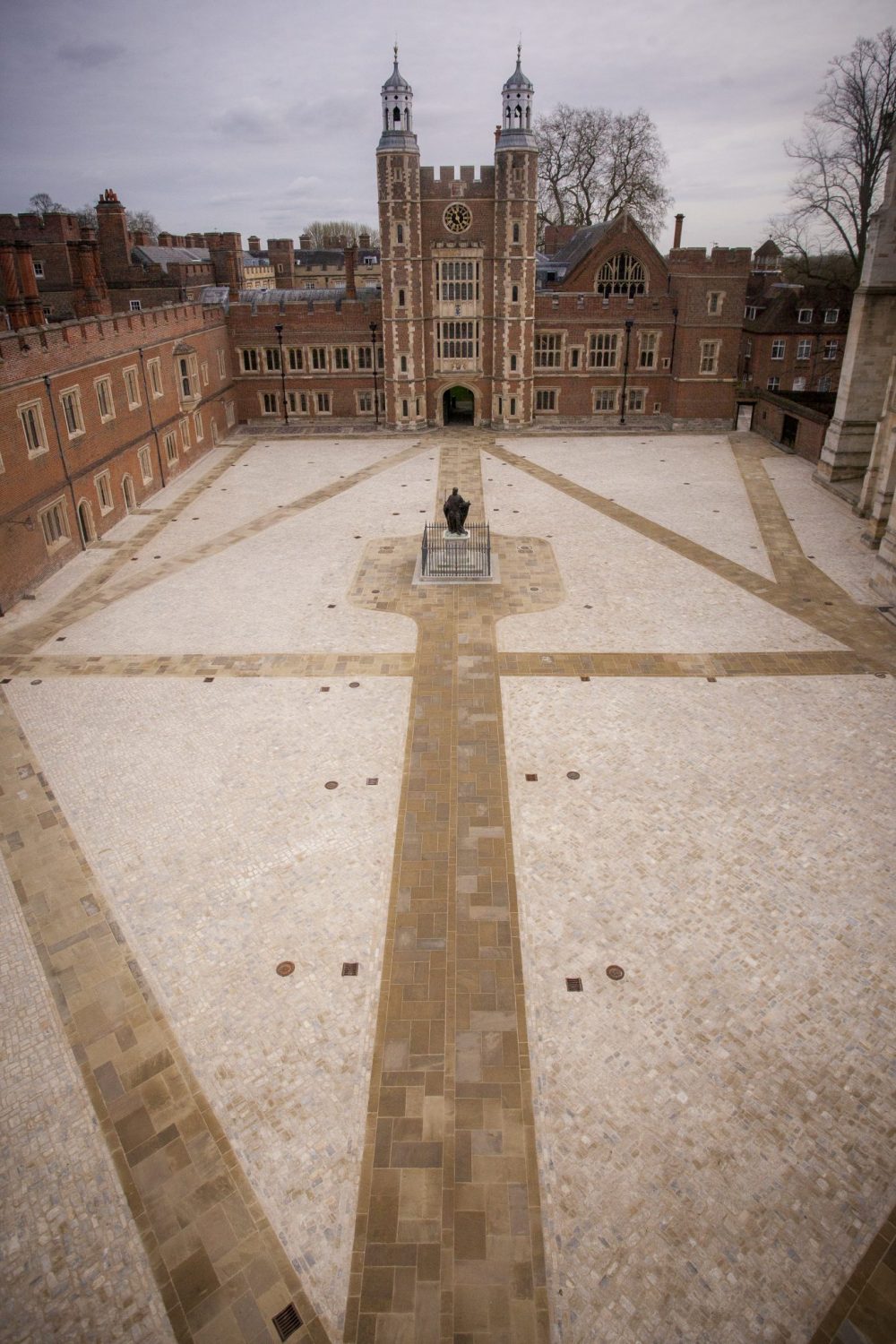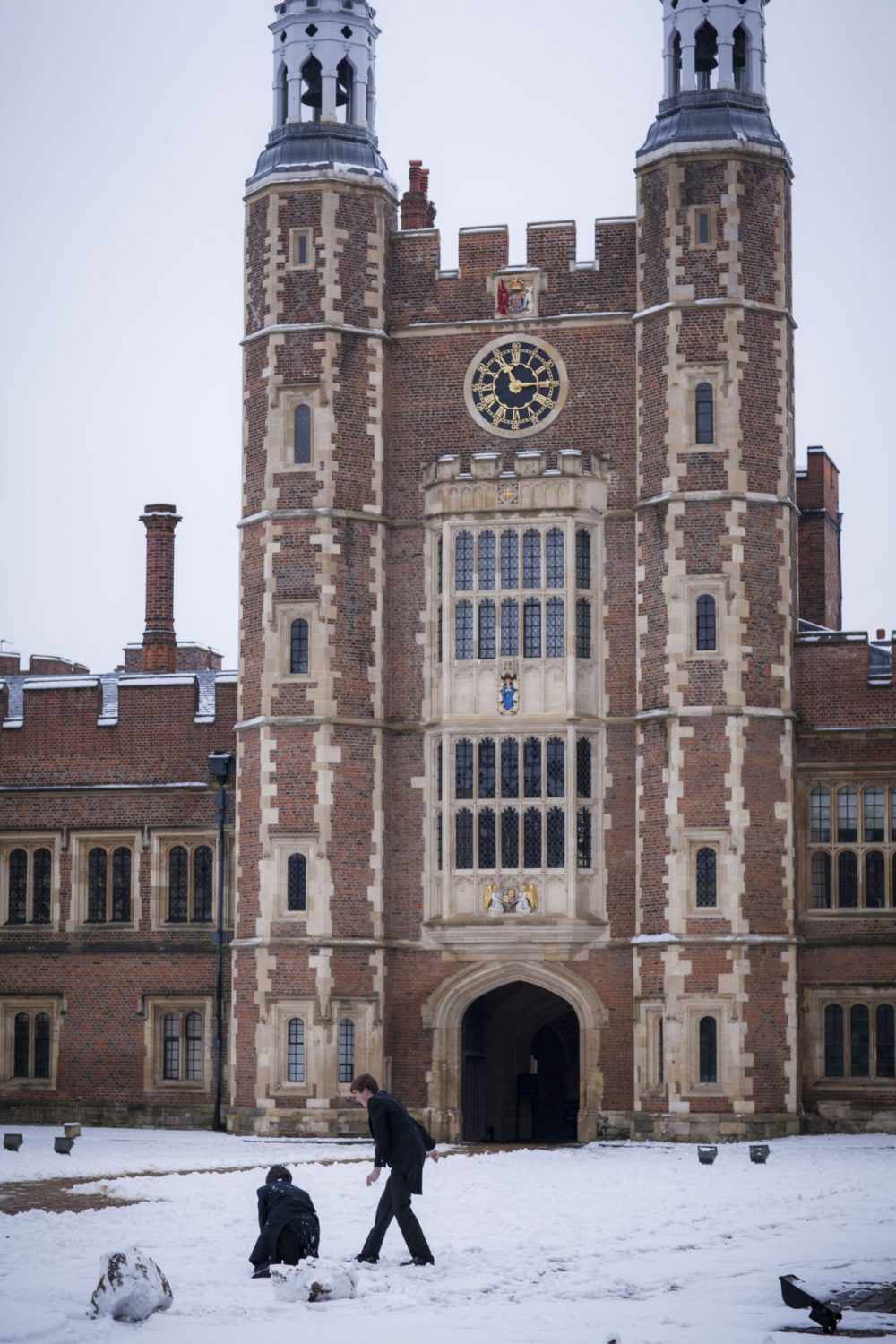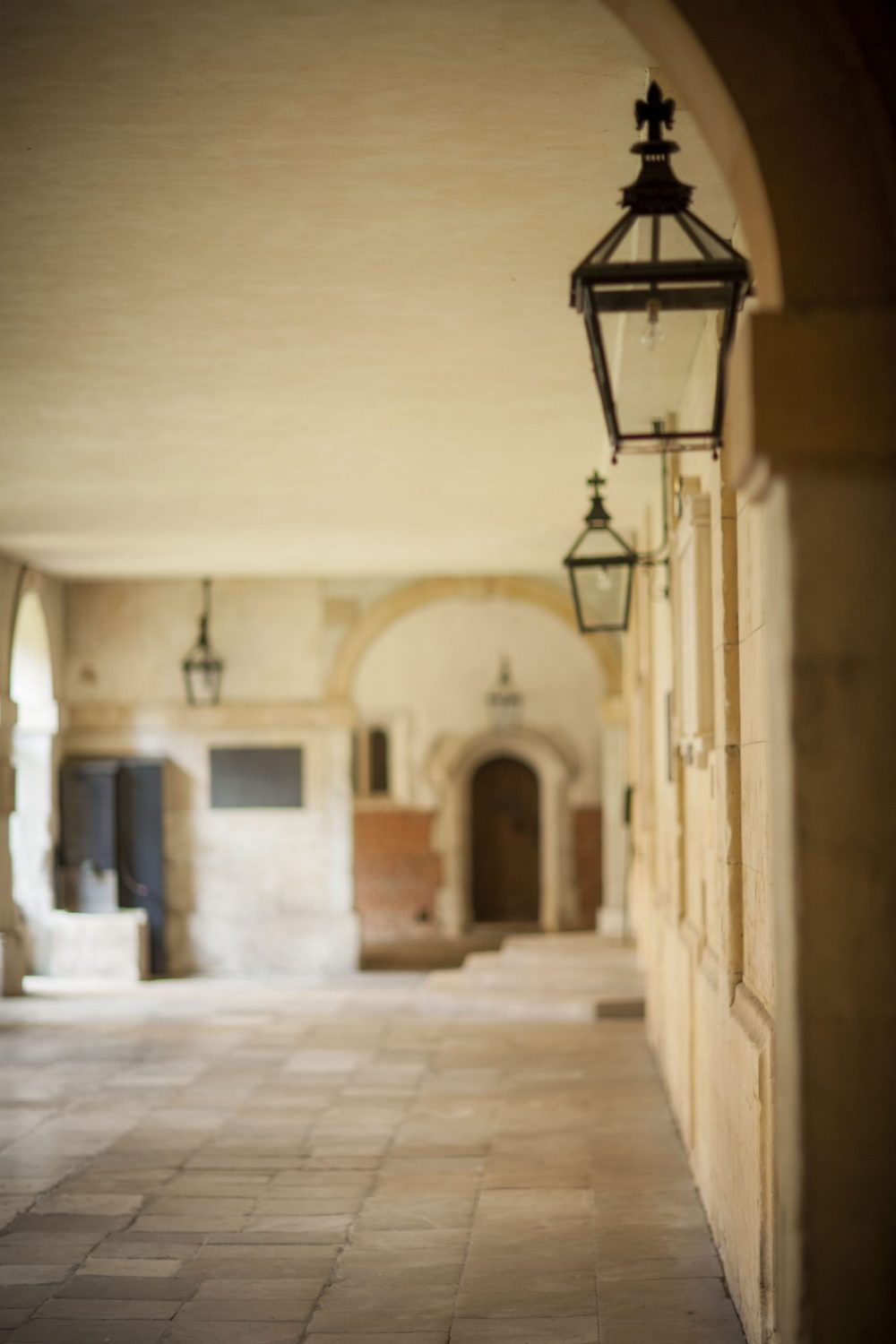Architecture of Eton
Being located in Eton we are very fortunate to be surrounded by some incredible architecture, we certainly make the most out of our surroundings by using them to shape and bring the character of Eton into our portraits.
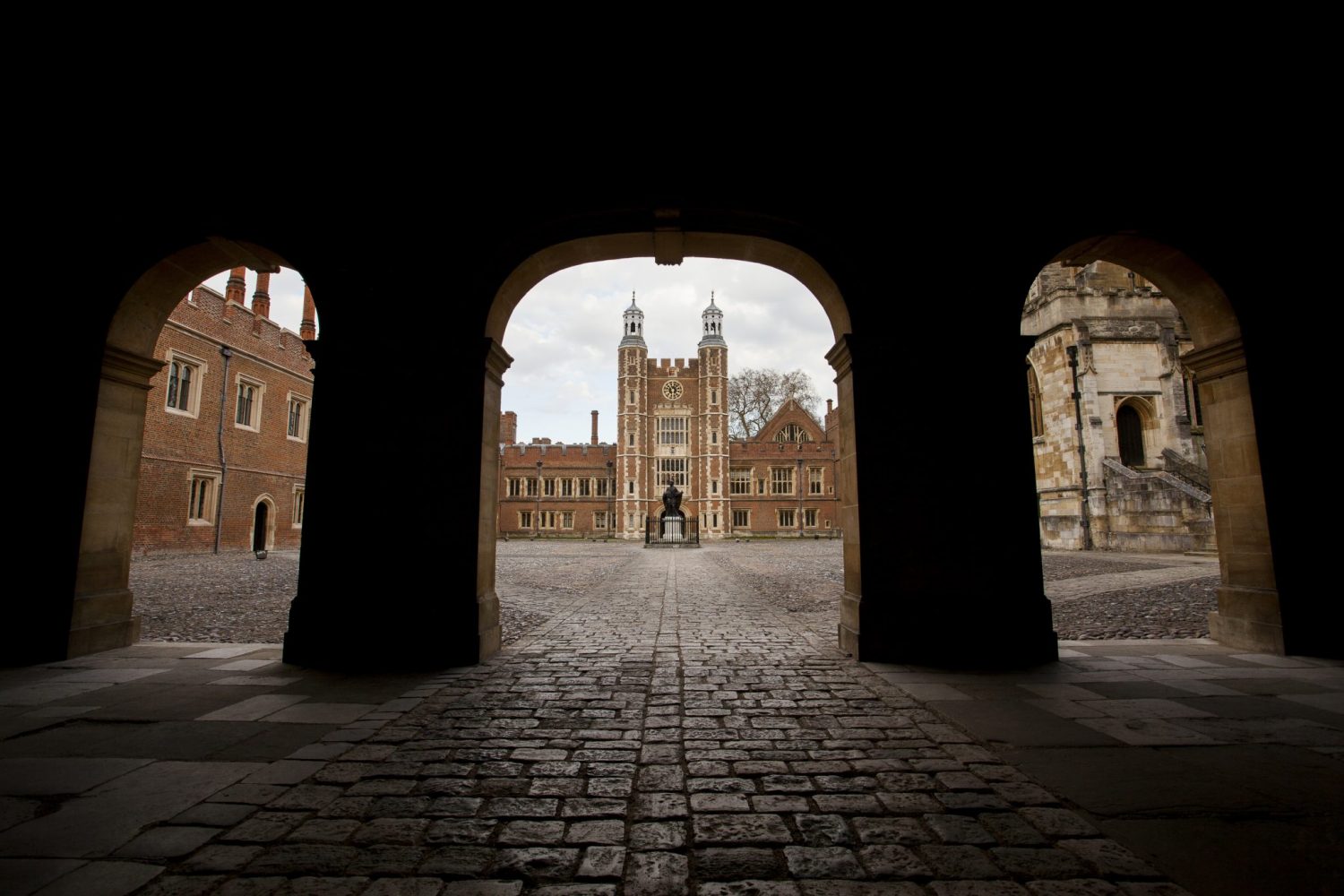
Eton College is an outstanding group of buildings surrounding 2 courtyards. Mainly red brick with stone dressing
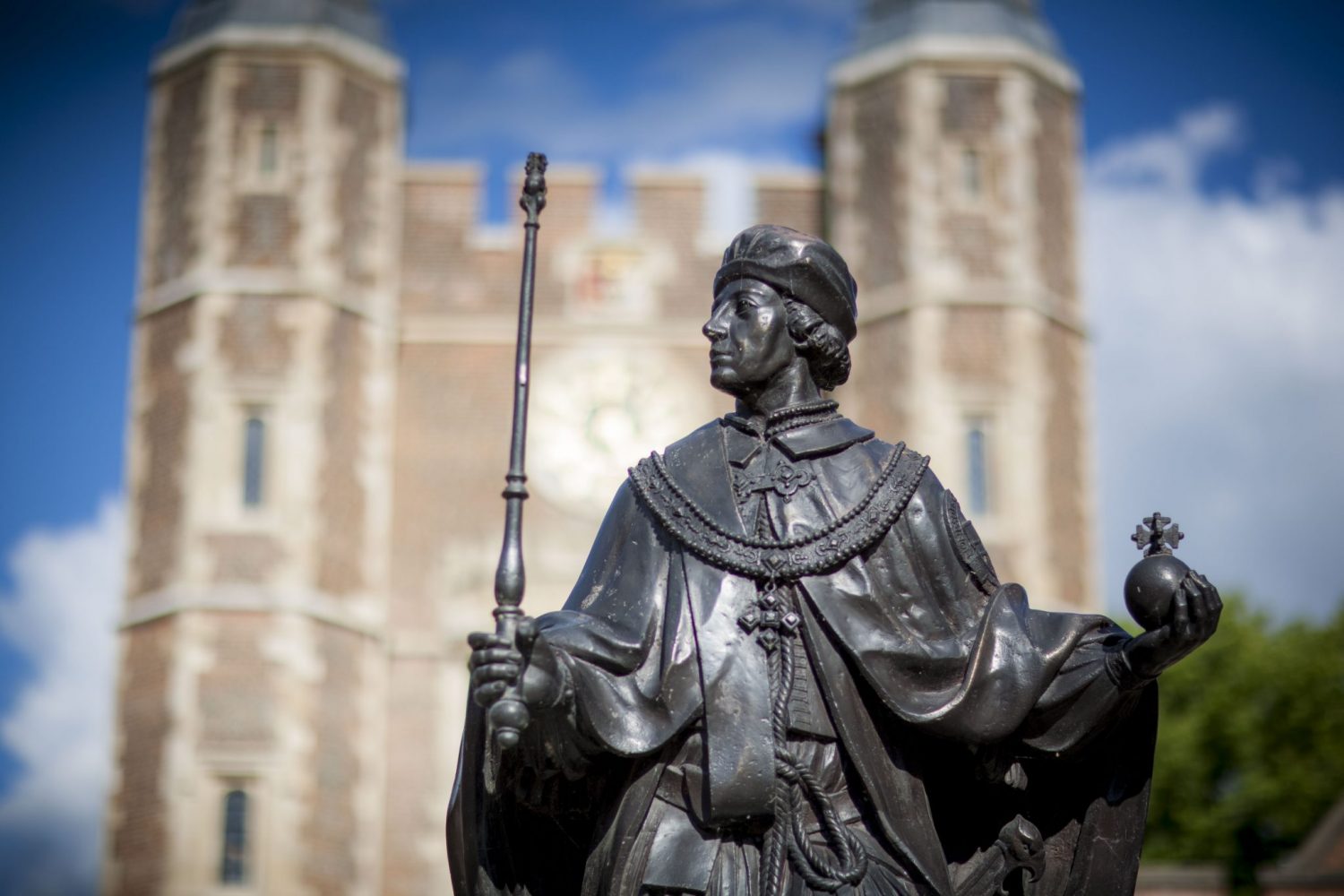
Eton College was founded in 1440 by Henry VI, who founded King’s College, Cambridge in 1441 and subsequently linked the school to King’s in order to supply college scholars. Eton College chapel was begun in 1441.
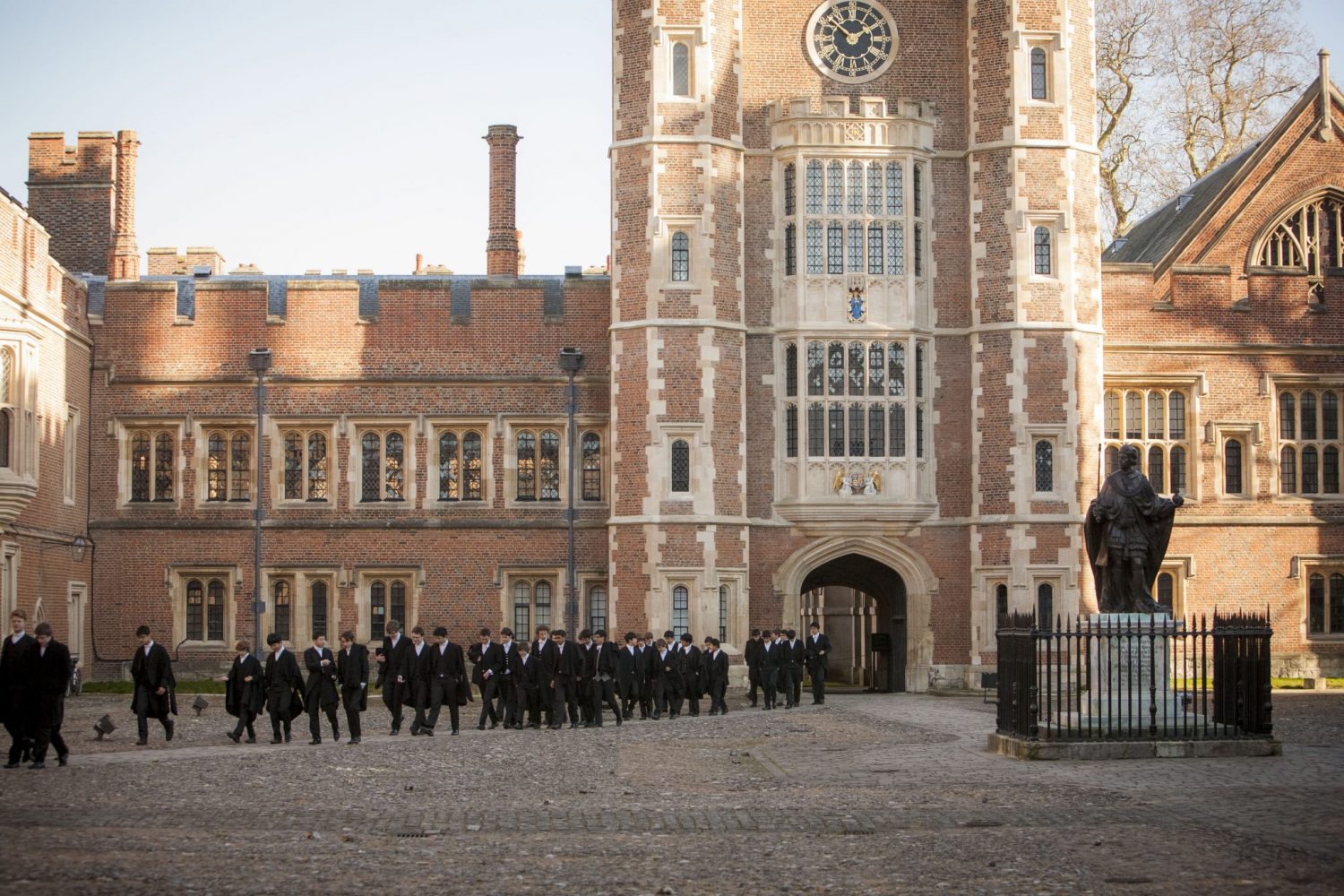
Following Henry’s deposition in 1461, the college’s income was much reduced, and building work stopped altogether until the later 1460s. The majority of the ranges surrounding School Yard and Cloister Court were finished by 1500.
Eton College Chapel
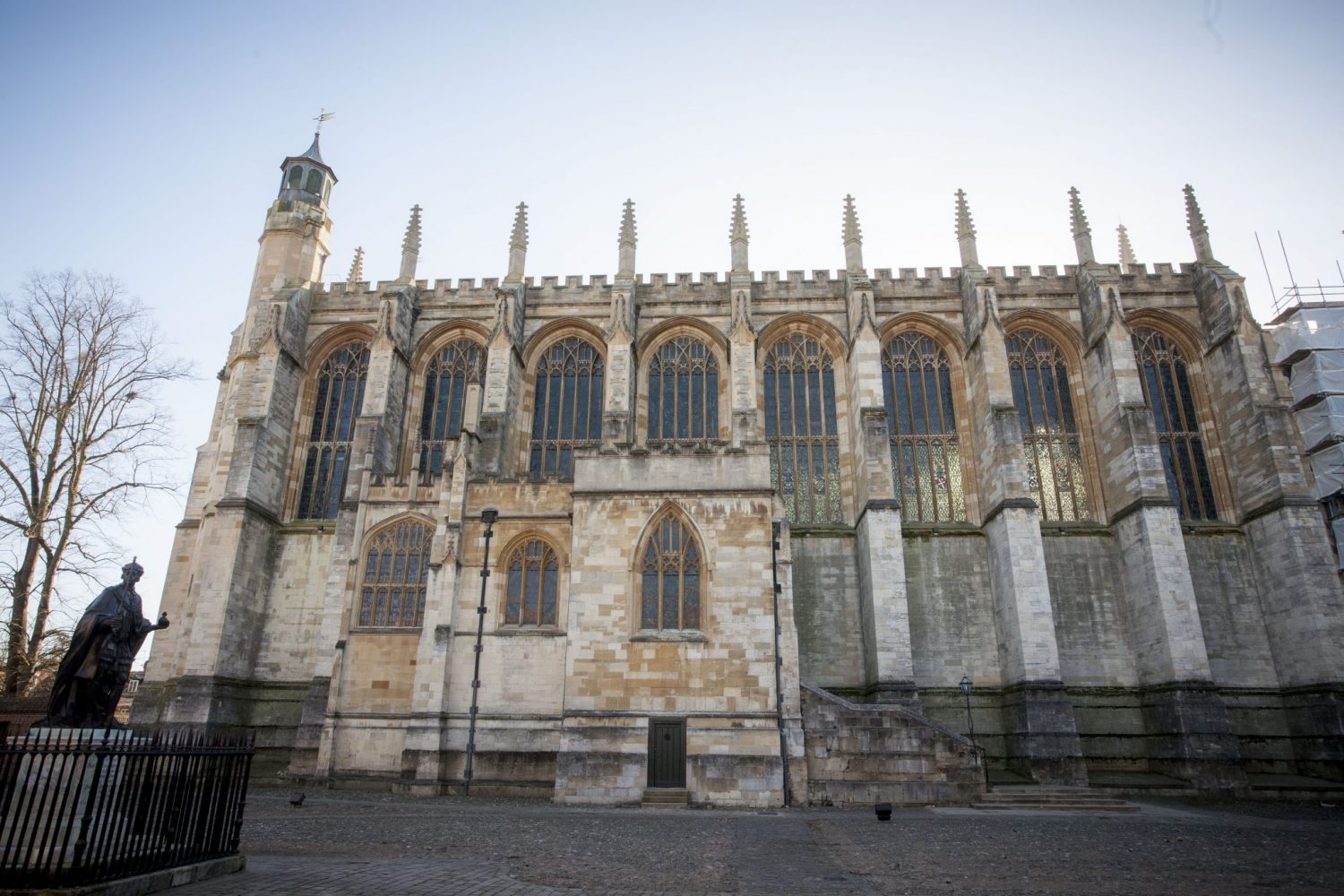
Eton College Chapel is the main chapel of Eton College, an independent school in the United Kingdom.
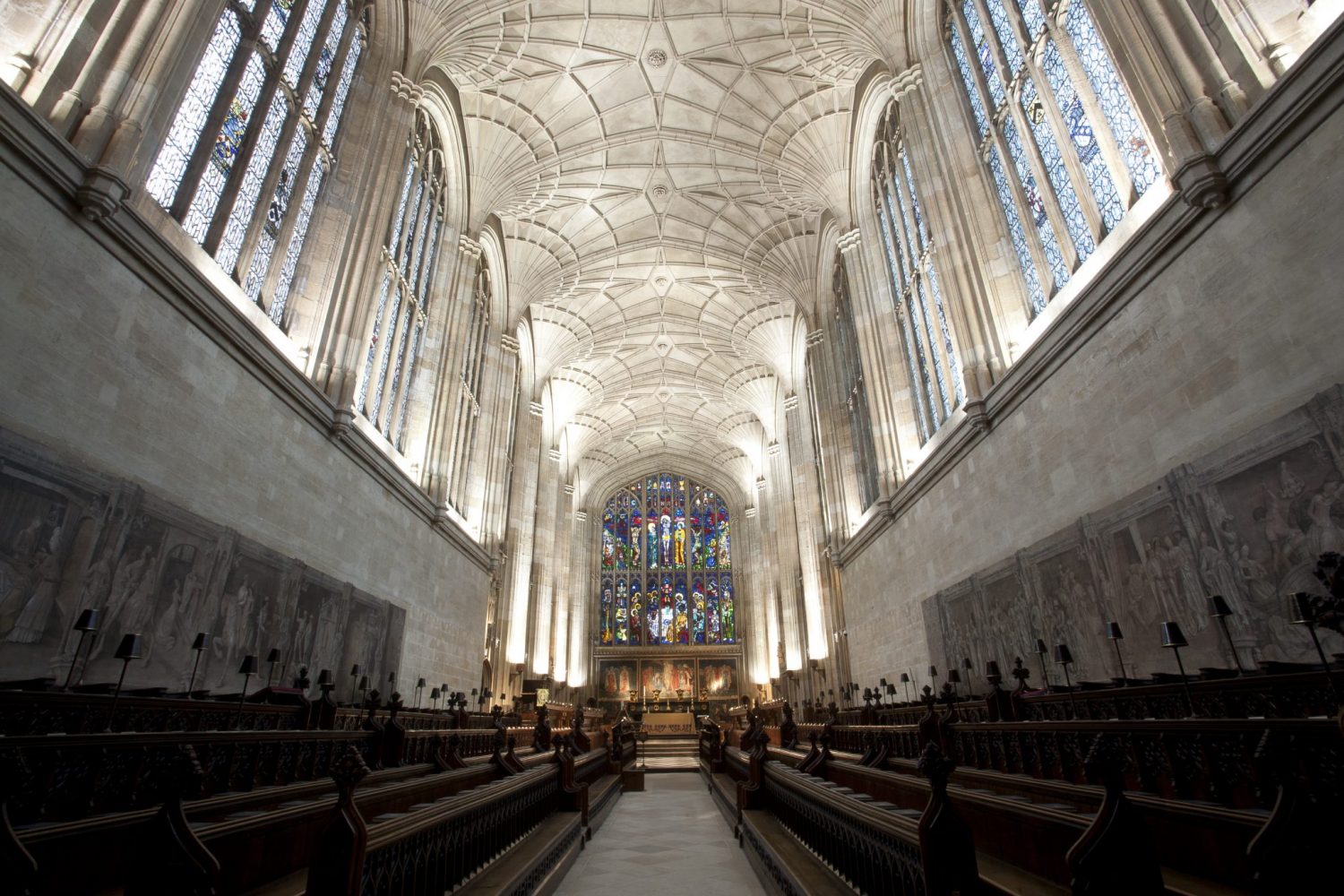
The fan vaulting was installed in the 1950s after the wooden roof (there was no money for a vault to be installed in the 15th century after King Henry VI was deposed) became infested with deathwatch beetles. It was completed in three years and is made of concrete, faced with stone, supported by steel trusses, with hand-carved Clipsham stone for the stone ribs supporting each bay.
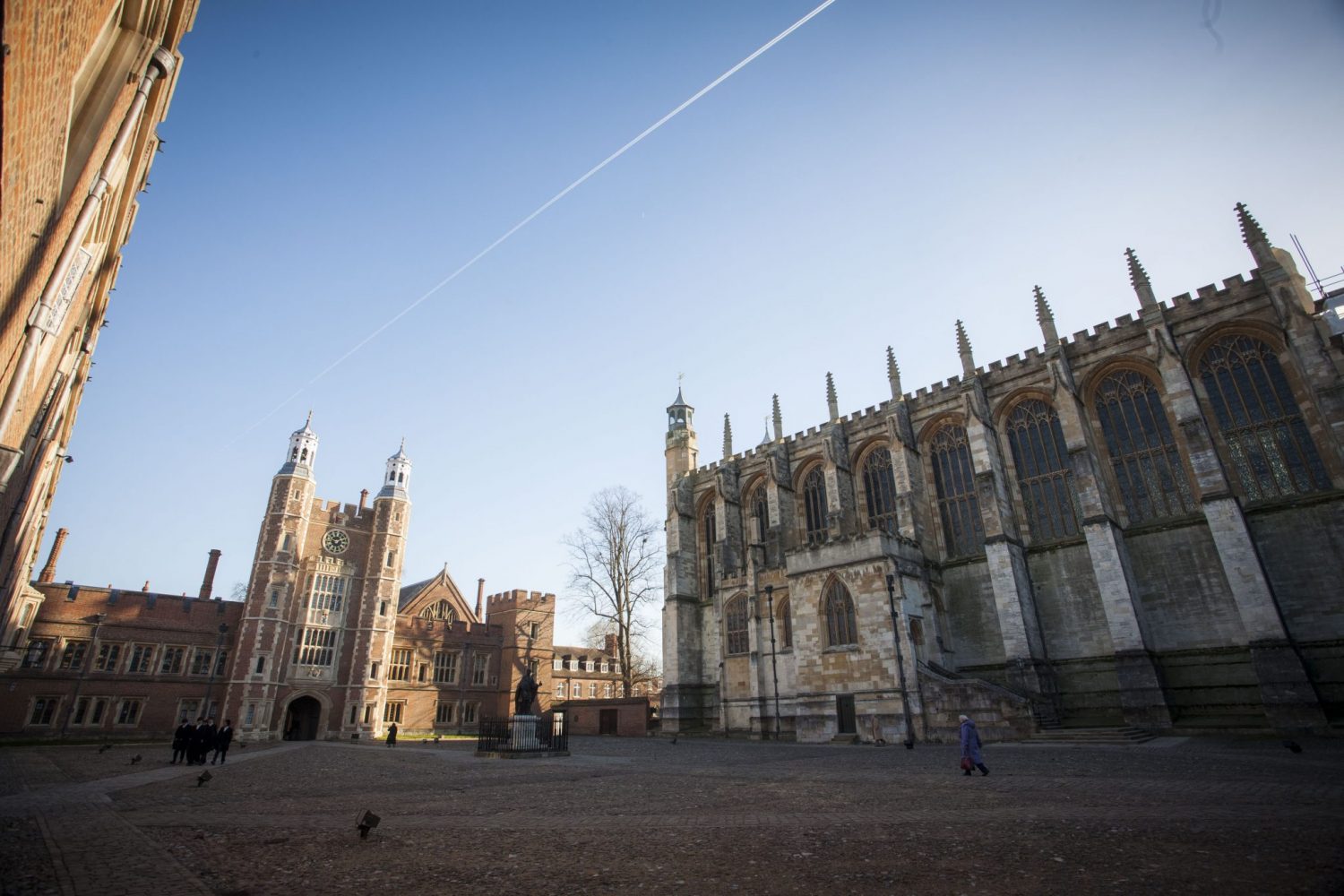
The chapel was planned to be a little over double its actual length, but this plan was never completed owing to the downfall of the founder Henry VI. A plaque on a building opposite the west end marks the point to which it should have reached. The Chapel is built in the late Gothicor Perpendicular style.
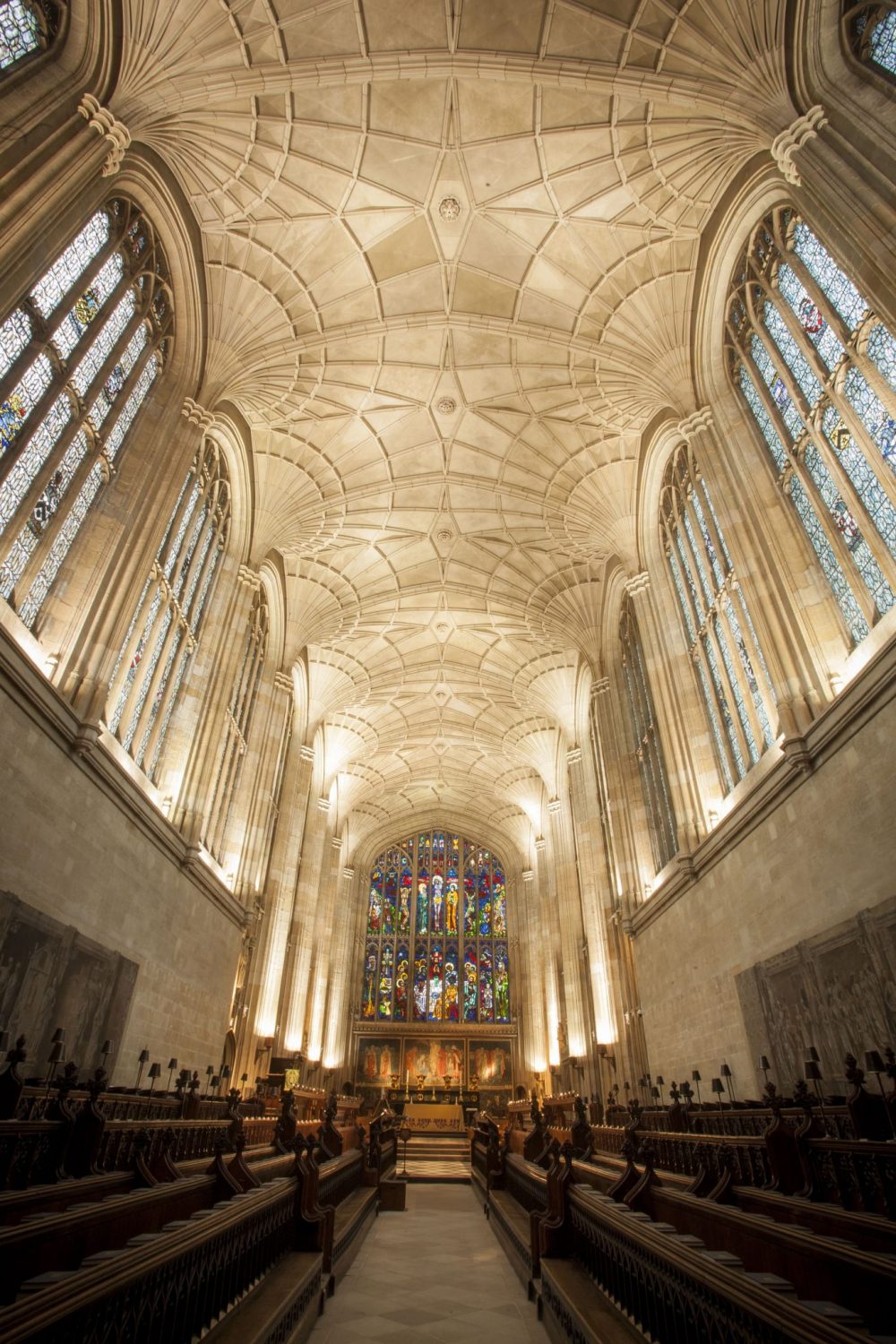
Henry VI used Winchester College as the model for his new school. He brought the Headmaster of Winchester, William Waynflete, to Eton, along with several students, to start the Eton school. The king appointed a board of ‘feoffees’ to administer the school, drawn from members of the royal household, the church, and nobility.
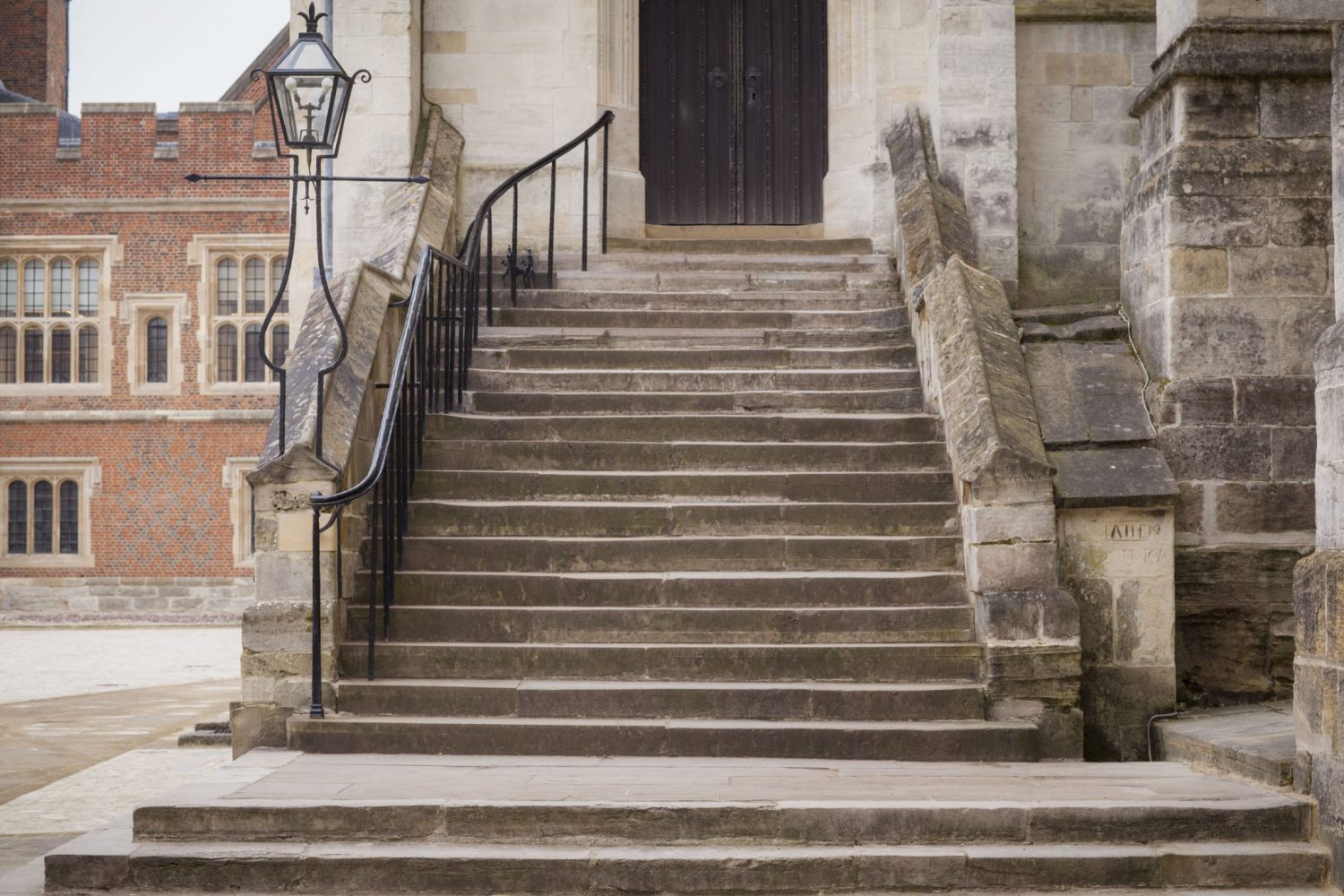
The king intended the school buildings to unrivalled in Europe; the chapel was designed to extend for 18 bays, with the longest nave in Britain or on the Continent. He also obtained religious relics, including a piece of the True Cross.
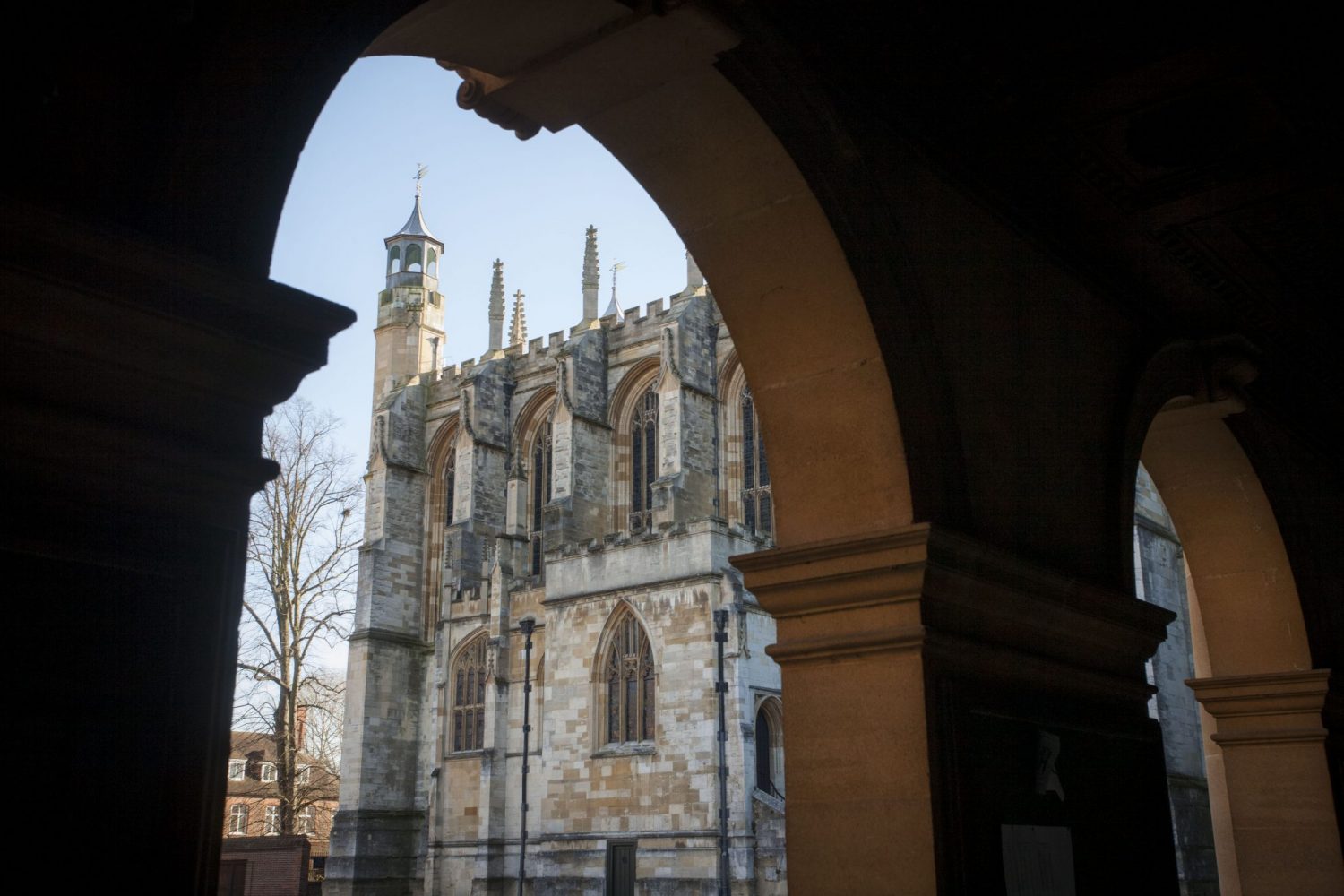
Unfortunately, when Edward IV came to the throne in 1461 he took away many of Eton’s grants and transferred the school’s treasures to St George’s Chapel at Windsor Castle. Construction on the school chapel stopped at just 8 bays, which is still quite impressive, though not nearly what Henry VI had in mind!

William Waynflete, who also founded Magdalen College in Oxford, added an ante-chapel to complete the building, which must stand as one of the best examples of Perpendicular style in England. Waynflete was responsible for the wall paintings in the chapel, and for building the north range that encloses School Yard, the heart of the College.
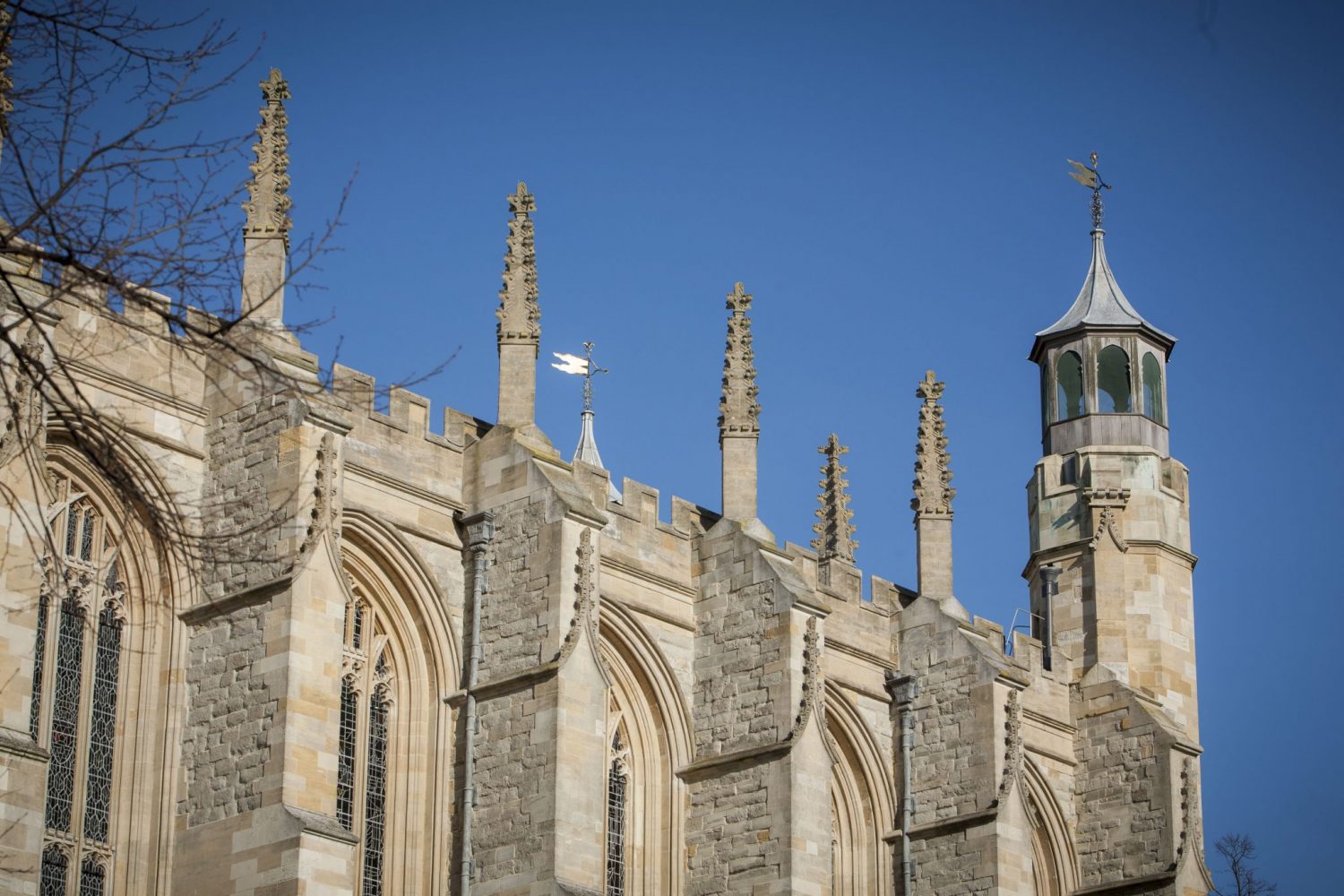
Today the Chapel services retain their important position in the life of the college: boys attend once on Sundays and at a number of other voluntary services throughout the week. The number of boys in the school so expanded that a second church, Lower Chapel, was built in 1890.
School Yard
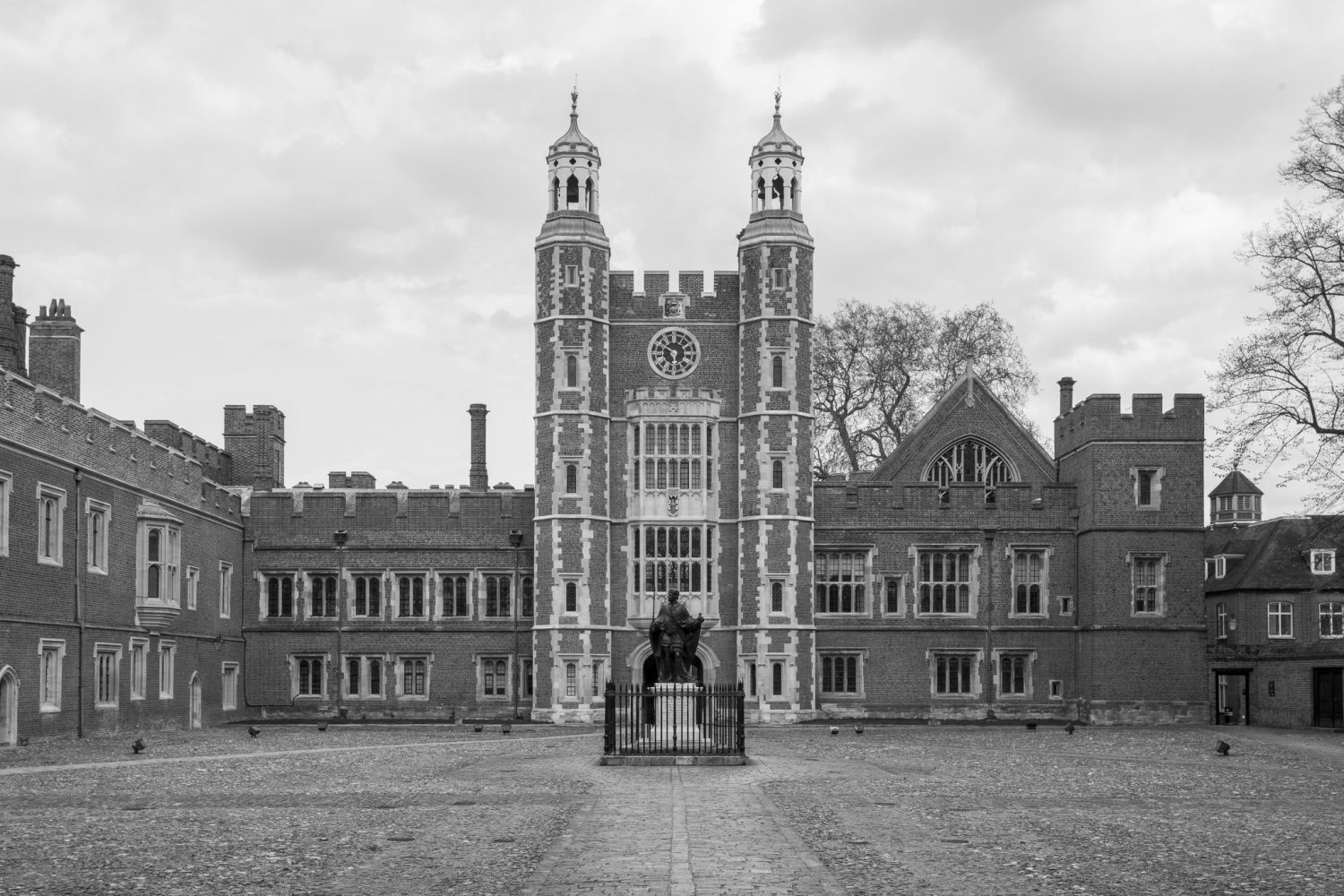
The stone of the chapel and the red brick of Lupton’s Gateway make a brave contrast on a sunny morning. The former was founded in 1441 by Henry VI, five years before he laid the first stone of the chapel of King’s, Cambridge, which Eton’s chapel much resembles.
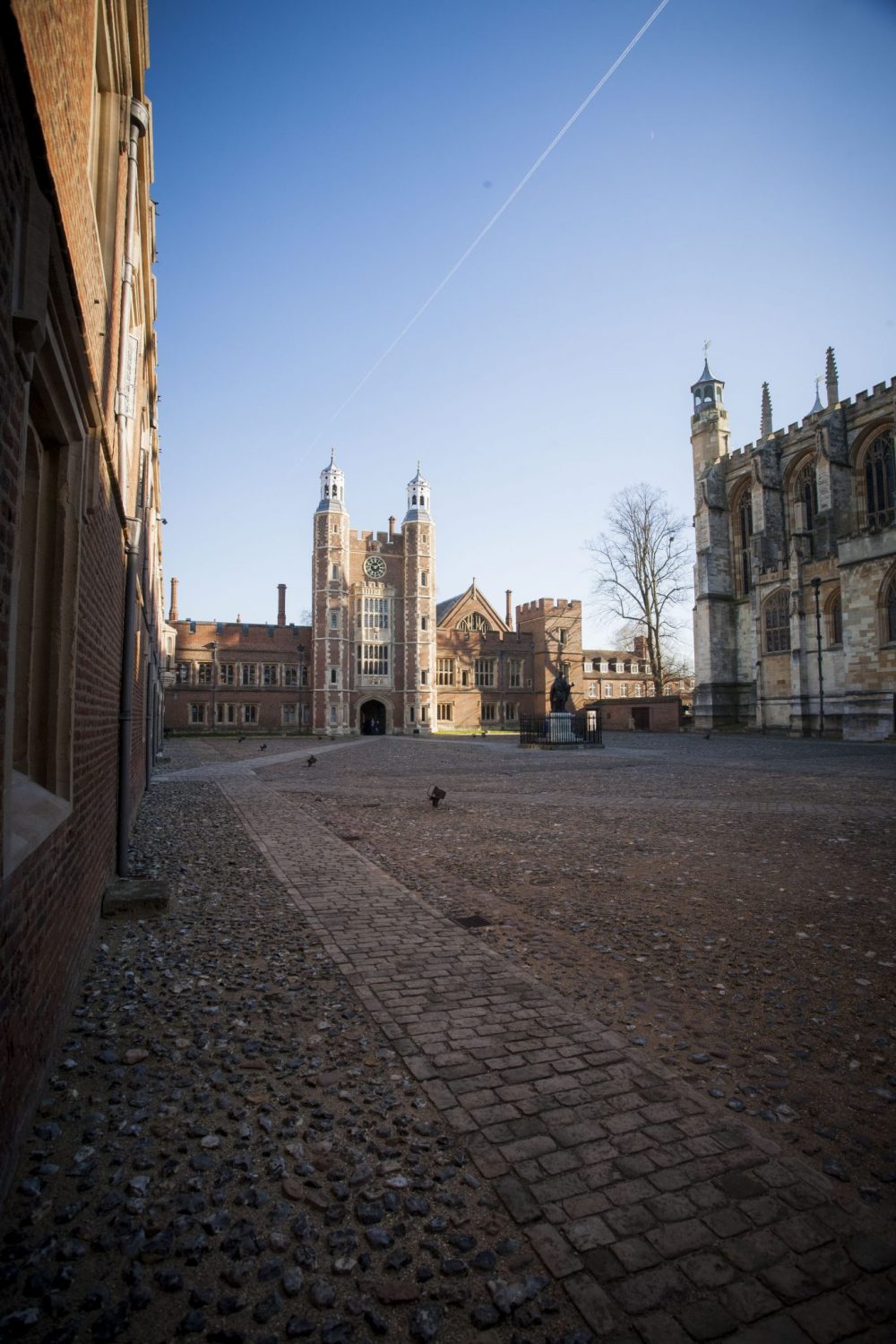
In 1700 the present roof, of wood, was put on, and in 1848-60 extensive restoration took place. The whole structure is 175 feet long and 82 feet high. Provost Lupton’s Tower is early sixteenth century, but two bell turrets were added in 1764.
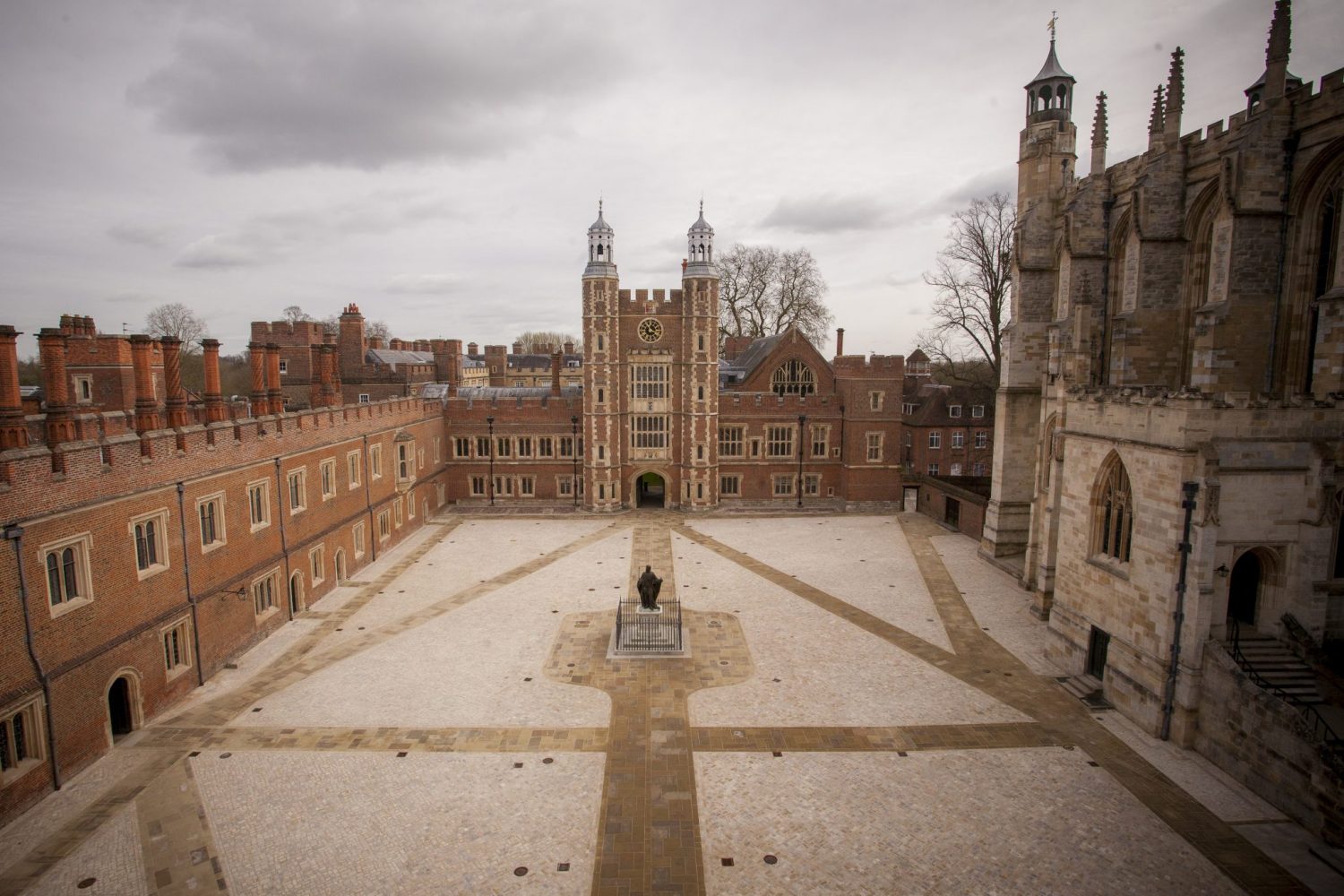
Photograph of the Schoolyard at Eton College with Lupton’s Tower in the background. To the left of the centre and surrounded by a low metal railing stands the bronze statue of the founder of the college, King Henry VI who wears Garter robes.

The School yard at Eton was begun during the 15th century and following gradual architectural additions, was completed during the late 17th century. In the centre stands Lupton’s Tower, built by Henry Redman in 1520 and named after Roger Lupton, who was Provost of Eton College from 1504-35. The statue of King Henry VI was designed by Francis Bird and was erected in 1719.
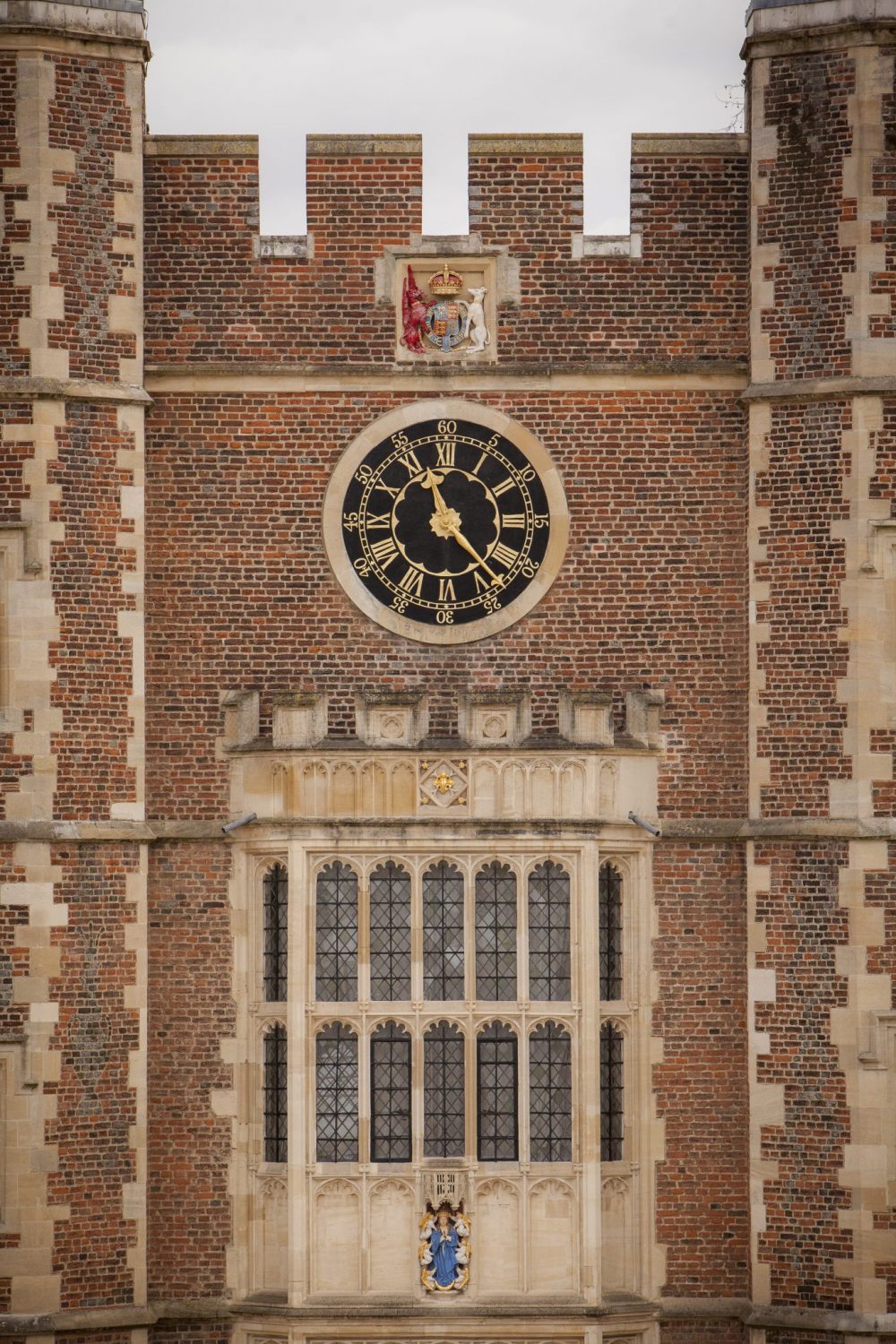
College Library
The building is a memorial to the Eton boys who took part in the war in South Africa.
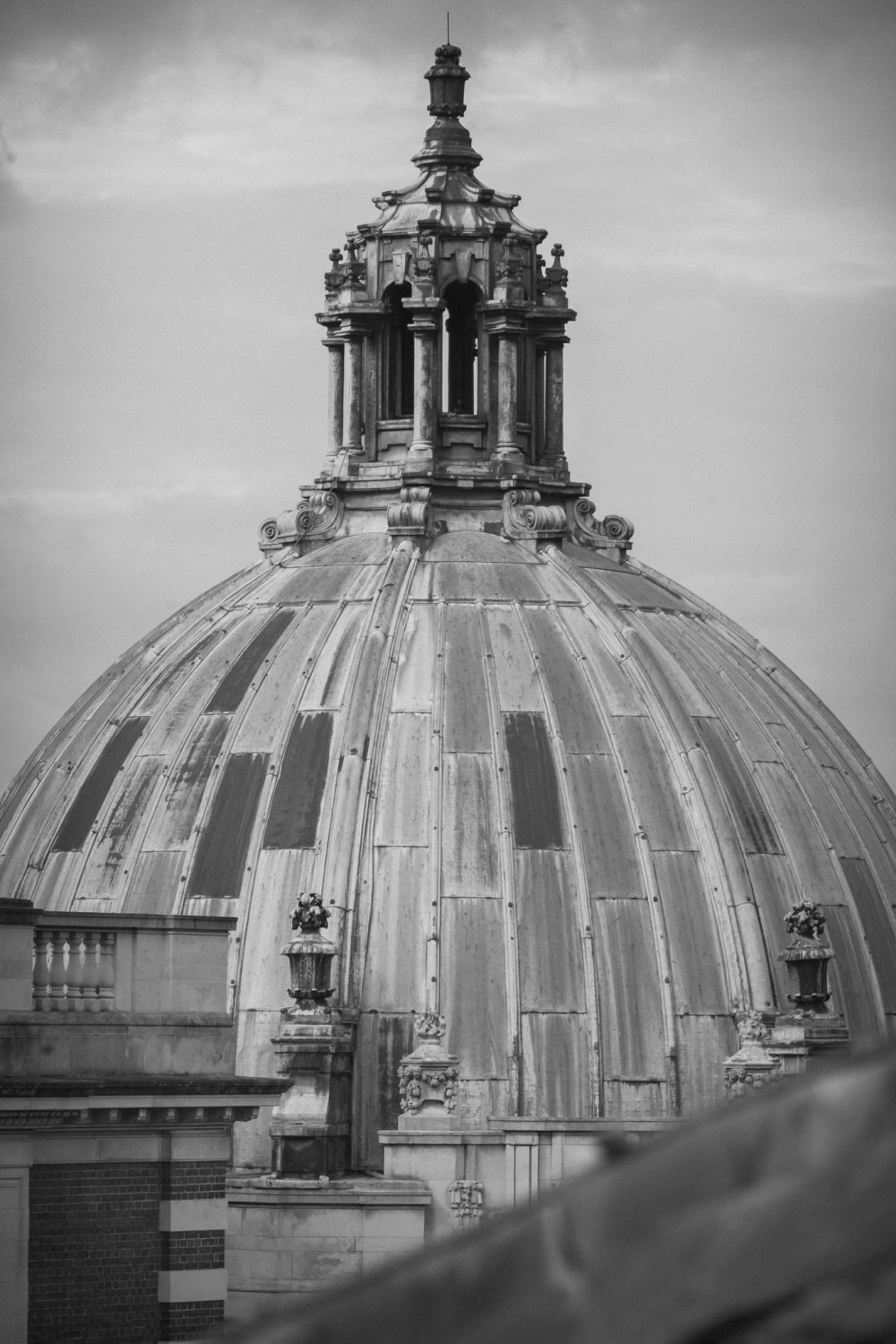
The architects aimed to produce a ‘dignified’ plan layout on an irregular site. The school hall is approached from the street via the main doorway, leading through a low-vaulted entrance hall. It seats 1,100 people with walls of Portland stone (as are the Ionic columns dividing the space.)
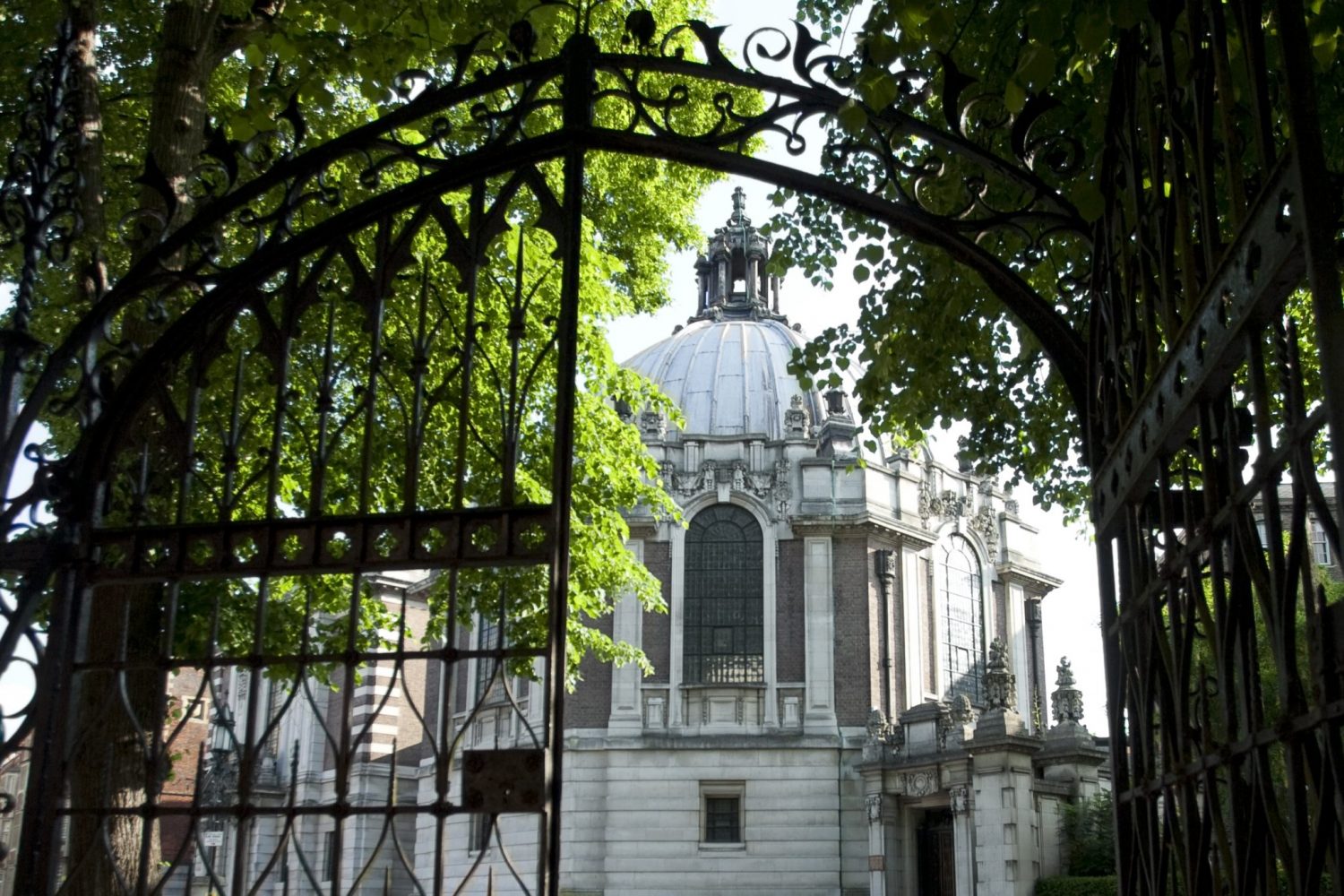
Eton famously has multiple library collections of national importance, including the renowned College Library, as well as many notable buildings, but the main School Library, containing books and CDs as well as an up-to-date network of computers, is housed in a memorable late-Edwardian building, opposite the chapel, designed by L. K. Hall (an Old Etonian) and completed in 1905–8, as a memorial to Old Etonians who had died in the Boer War. It contains some 40,000 books.
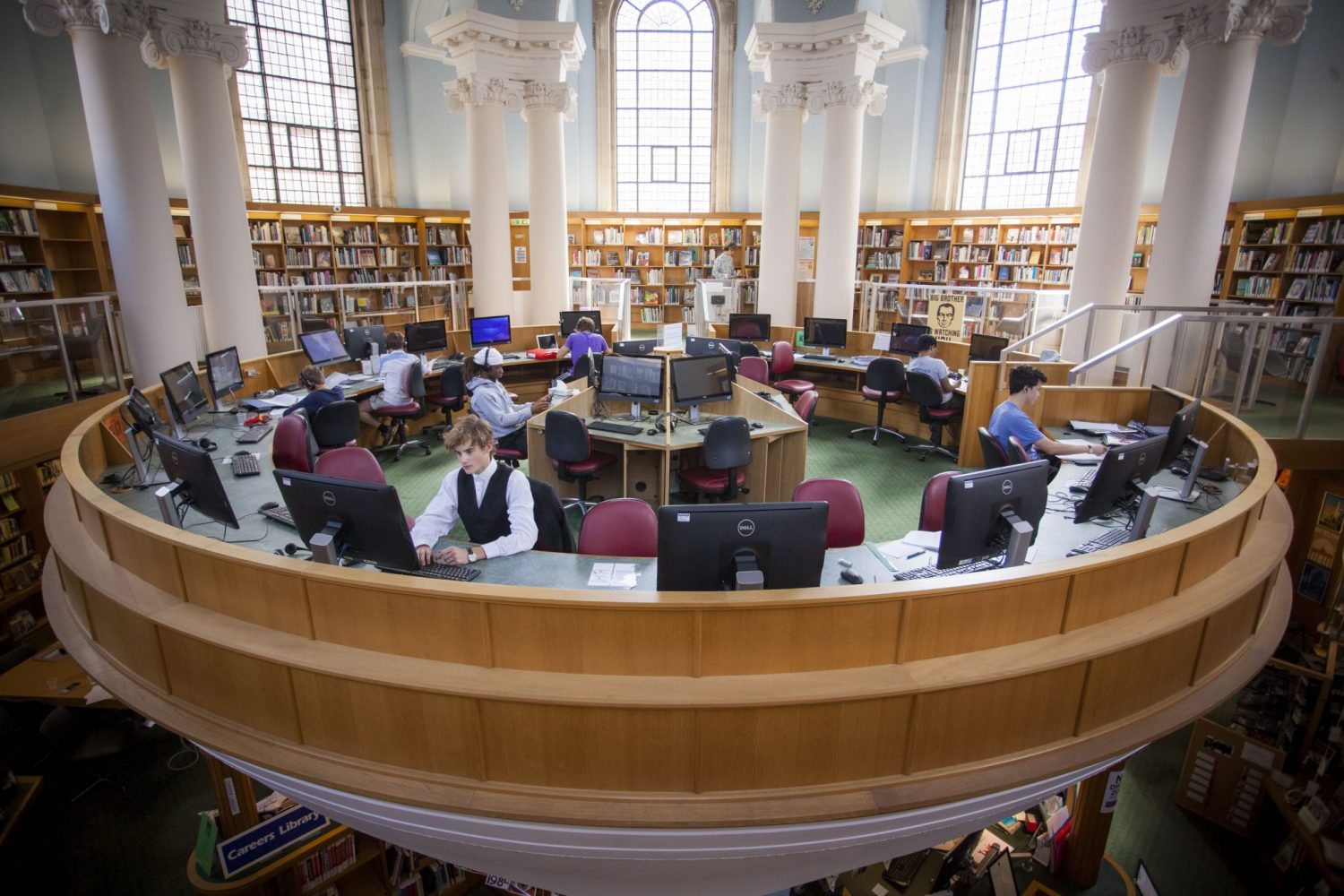
College Library is a rare book and manuscript library of international importance. Established soon after the foundation of Eton College, it houses more than 150,000 items, ranging from the 9th to 21st centuries. These include printed and manuscript volumes, literary manuscripts, autograph letters, and prints and drawings.
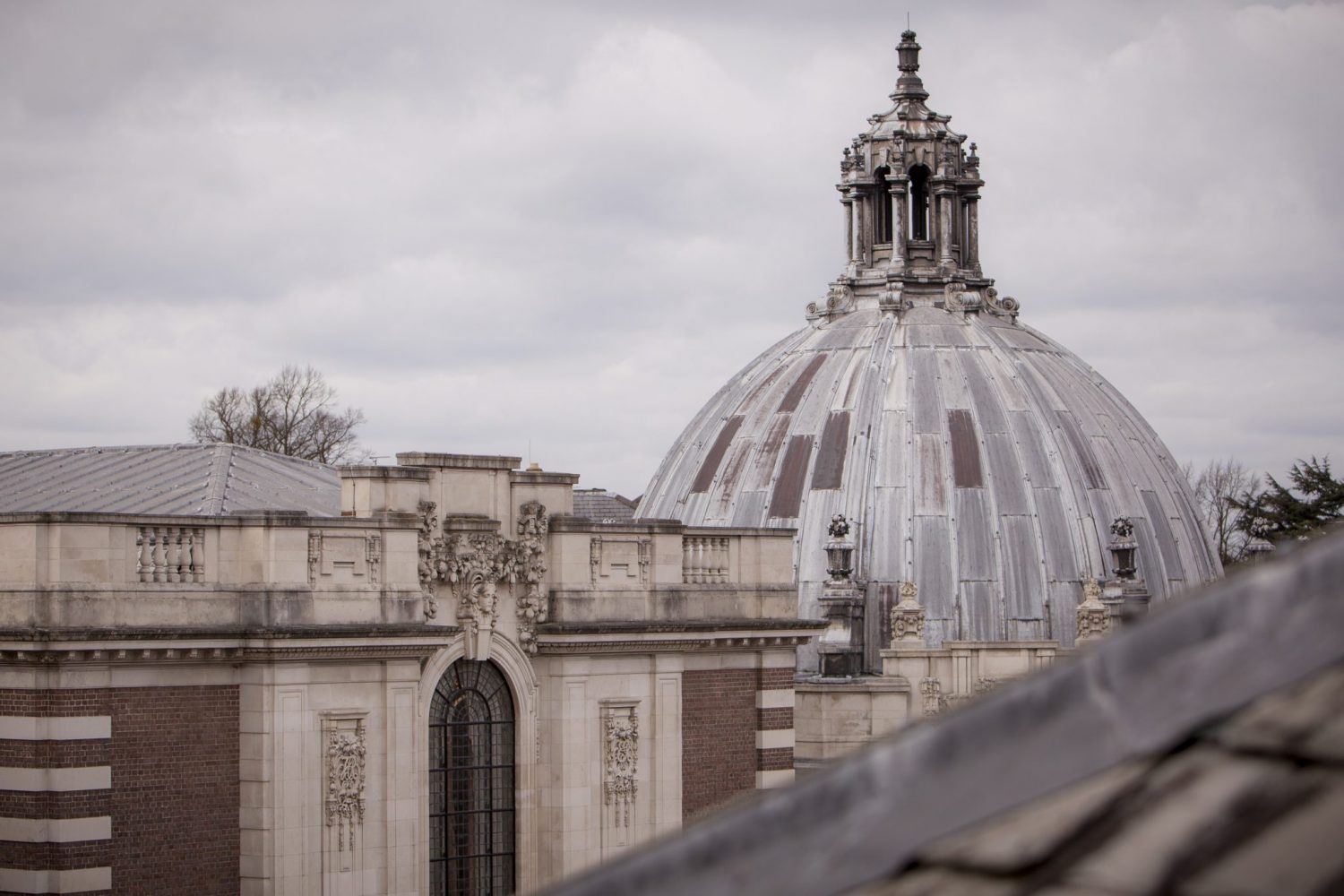
In the 1960s the college began also collecting rare books and manuscripts from the 19th century onwards. The modern collection includes important holdings of English literature and is also rich in travel writing, theatrical history and fine printing. College Library also has responsibility for the Macnaghten Library of First World War materials, presented to Eton as a memorial in 1938.
